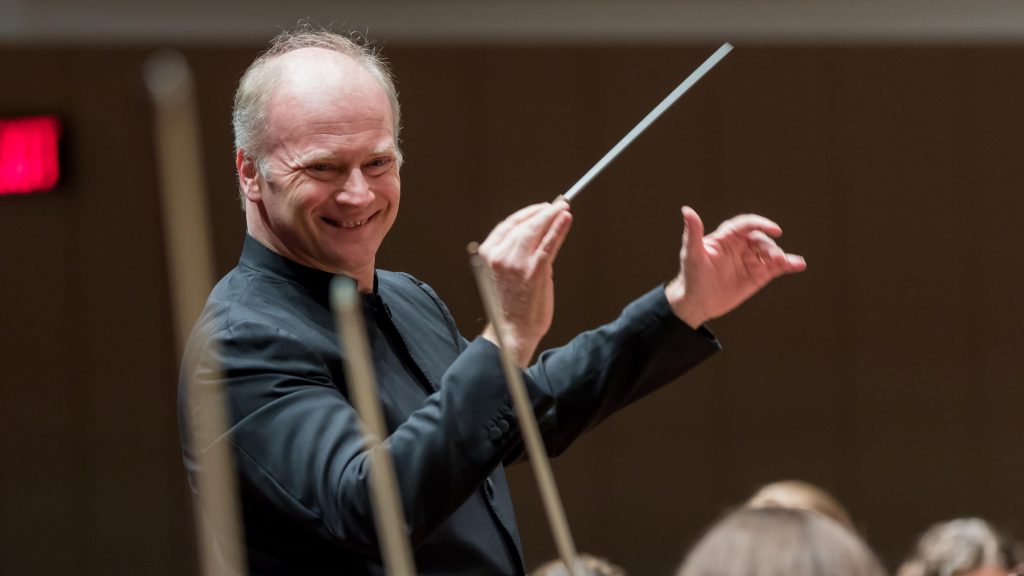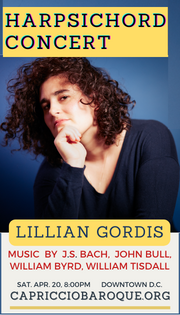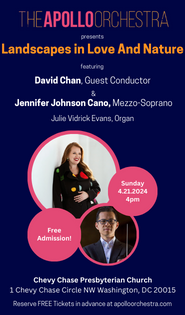NSO and Noseda celebrate unsafe love in Valentine’s Day concert

Gianandrea Noseda conducted the National Symphony Orchestra Thursday night at the Kennedy Center.
Love hurts.
Gianandrea Noseda made a musical survey of three legendary pairs of star-crossed literary lovers in Thursday’s concert with the National Symphony Orchestra. With no soloist or concerto taking up part of the program, it was a time for the musicians to luxuriate in the expansive romantic palettes of sound limned by three varied composers from the 19th century. Also fitting for Valentine’s Day, all three composers led their own troubled love lives.
Noseda is going to conduct his first Ring cycle starting in 2022, as part of his new post as chief conductor at the Zurich Opera House. A preview of what Noseda can do with a Wagner score came in an extraordinary performance of the “Prelude and Liebestod” from Tristan und Isolde. The opening motto of the opera unfolded luxuriously, unrushed, limpid, aching. Wagner, who knew something about adulterous betrayal, caught in music with this theme the illicit love that dooms the title characters.
The plush strings, often set dark and low in their ranges at the outset, shimmered seductively, while assistant principal oboe Jamie Roberts played with an ever-plangent tone. Noseda paced the climax of the “Prelude” ideally, the strings surging upward in scale after scale, with the chromatic main theme urging them onward. The “Liebestod” was no less impressive, hushed at first and growing to a triumphant finish, in which that distinctive theme is finally resolved to a major chord, earthly passion consummated in death.
Tchaikovsky’s tone poem Francesca da Rimini, with a story drawn from the fifth canto of Dante’s Inferno, was the high point of an NSO concert just last year. It sounded even more exciting this time around, especially in the musical depiction of the hellish whirlwind that brings the lovers, Francesca and Paolo, to speak to Dante and then whisks them away again. The strings and winds gave manic energy to their rippling chromatic scales, bolstered by chthonic brass as this section of music peaked.
Kudos to the NSO’s new principal clarinetist, Lin Ma; he showed he is settling in to his post beautifully with a plaintive solo incarnating the sad, love-obsessed Francesca. Tchaikovsky gives a few too many variations on this melody, but they featured more fine playing from oboe and flute. The NSO responded to Noseda’s enthusiastic gestures with the speed and handling of a race car, leaving their conductor a bit winded on the podium.
After such a strong first half, which received a rare, prolonged and heartfelt ovation from the audience, the second half was bound to disappoint. Noseda concluded with a “suite” made of the five movements of Berlioz’s Roméo et Juliette that feature orchestra only, without chorus or vocal soloists. Even just these excerpts, which Noseda credited as an idea to conductor Dimitri Mitropoulos, ran long and often seemed disjointed from the context of the overall work.
The best moments came in the “Queen Mab” scherzo, with the well-drilled NSO strings sounding especially feather-light and quicksilver. Berlioz, a master of orchestration, outdid himself in this movement, especially in the middle section with its haunting combination of high strings, harp twinkles, and hunting horns. The composer’s tendency to use unison or lone instruments in long unaccompanied passages revealed one of several interesting influences on Wagner.
Even so some of the Berlioz score felt repetitive and dull without the stage action it was meant to accompany. In particular, the conclusion of the final movement, “Romeo in the family vault of the Capulets,” ended so quietly that it felt oddly anticlimactic, especially for a concert that had been so full of the wild folly that is human love.
The program will be repeated 8 p.m. Saturday. kennedy-center.org; 202-467-4600






